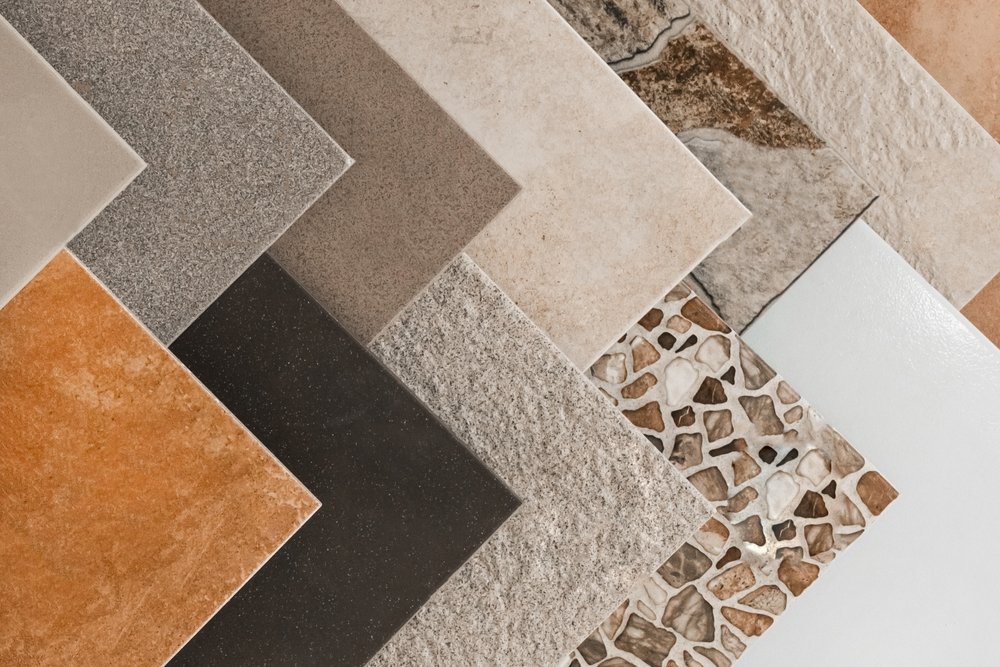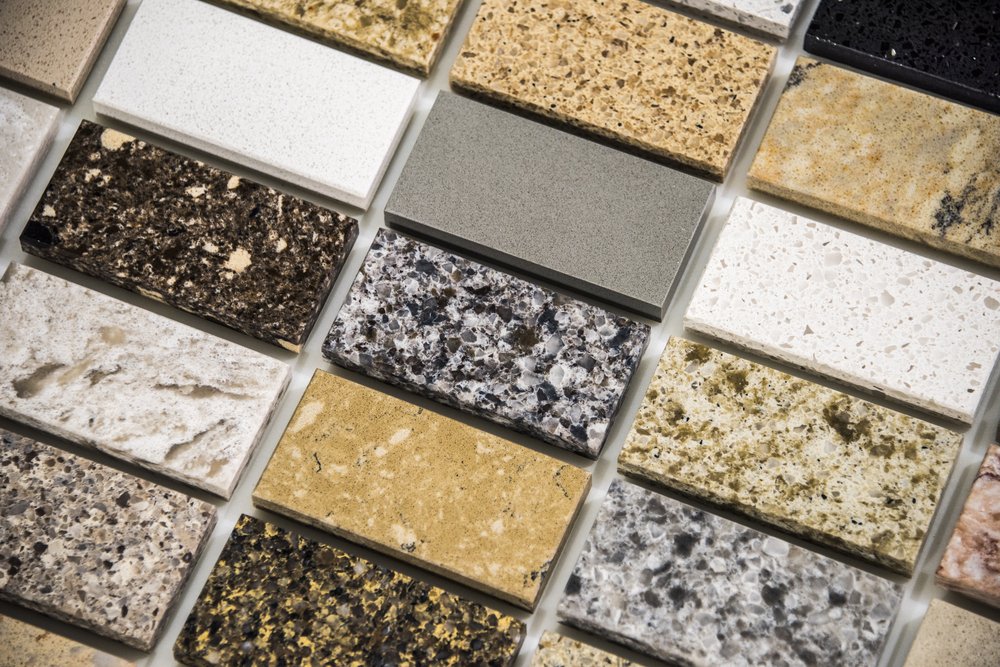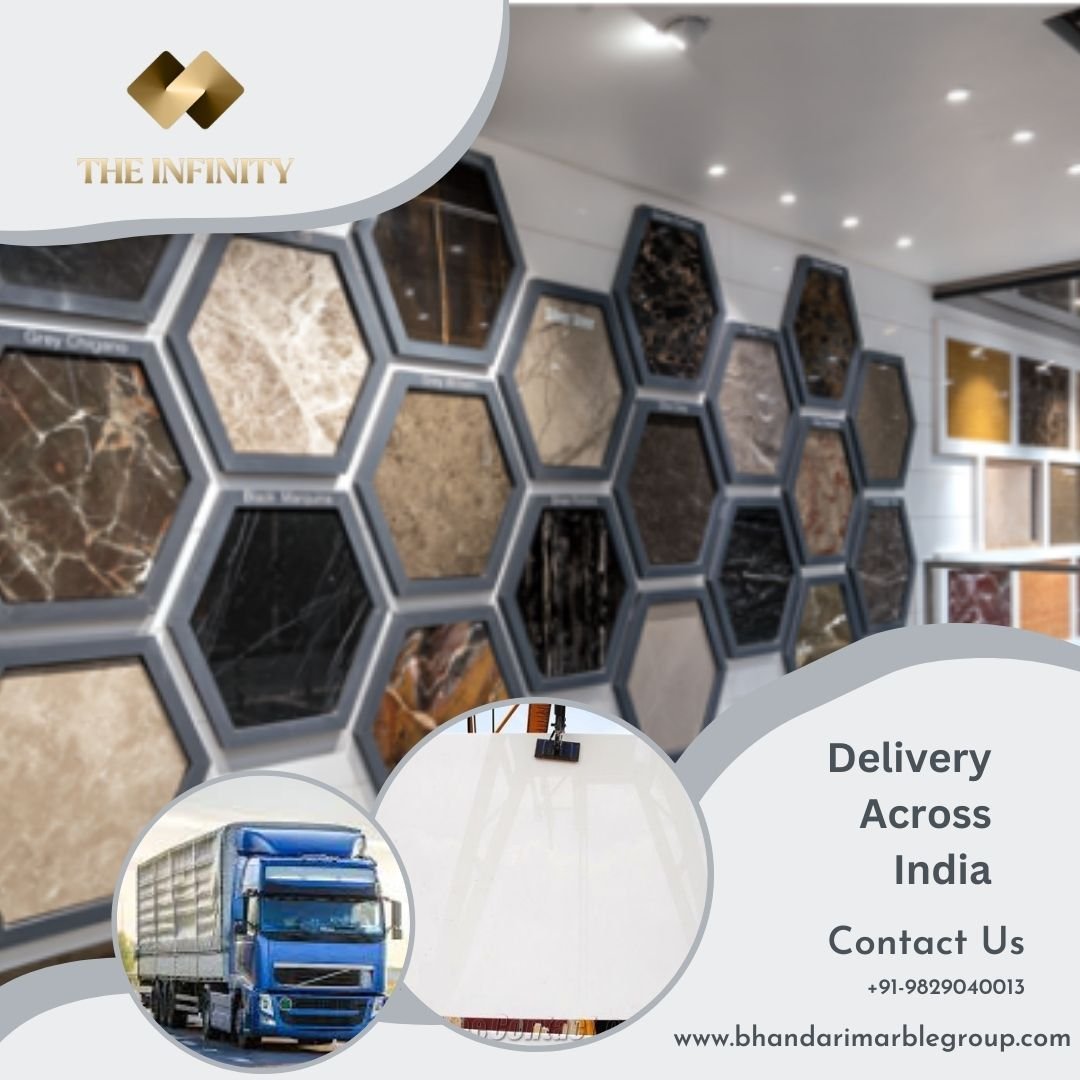Marble, Granite, and Stone: Choose Online and Save Time ⏲️, Money 💰, and Hassle-Free Purchase
Introduction:
In today’s fast-paced world, time is of the essence, and convenience is the key to a successful business transaction. With technological advancements shaping the way we do business, the marble, granite, and stone industry have also embraced the digital revolution. Among the pioneers in this transformation is the renowned Bhandari Marble Company, a name synonymous with trust, quality, and excellence. Whether you’re an individual looking to enhance your dream home or a professional in the construction and design industry, Bhandari Marble Company offers a seamless online shopping experience that promises to save you time, money, and unnecessary hassles.
Trusted by the Best:
One of the vital aspects of any business is its reputation. Bhandari Marble Company has achieved unparalleled success in the marble, granite, and stone industry by consistently delivering top-notch products and services. This commitment to excellence has earned them a 5-star rating from various stakeholders, including Architects, Interior Designers, Builders, Hoteliers, Contractors, and, most importantly, their satisfied customers. When you choose Bhandari Marble Company, you can rest assured that you are dealing with the world’s most trusted marble, granite, and stone company.
The Convenience of Online Shopping:
Gone are the days of spending countless hours visiting multiple showrooms and suppliers in search of the perfect marble or granite for your project. Bhandari Marble Company’s user-friendly online platform brings the entire collection of exquisite marble, granite, and natural stone at your fingertips. Whether you’re a business entity or an individual, you can browse through their vast inventory from the comfort of your home or office, at any time of the day.
Saving Time and Effort:
Time is a valuable asset, and Bhandari Marble Company values it as much as you do. By choosing to buy marble, granite, and stone online, you save yourself the hassle of physically visiting stores and dealing with sales representatives. The company’s online platform allows you to quickly filter through their collection based on your preferences, making it easy to find the perfect match for your project. Furthermore, their expert team is readily available to assist you through chat or email, ensuring a seamless buying experience.
Competitive Pricing and Cost Savings:
One of the primary concerns while purchasing marble, granite, or stone is the cost. With Bhandari Marble Company, you get the assurance of competitive pricing without compromising on quality. By eliminating the middlemen and directly sourcing their products from quarries, they pass on significant cost savings to their customers. Additionally, their exclusive online offers and discounts make it even more economical to choose Bhandari Marble Company for your stone needs.
Quality and Authenticity Guaranteed:
When it comes to construction and design, compromising on the quality of materials is never an option. Bhandari Marble Company takes pride in offering only the finest and authentic marble, granite, and natural stone. Their products undergo rigorous quality checks, ensuring that you receive nothing but the best for your dream project.
Conclusion:
In the world of marble, granite, and stone, Bhandari Marble Company stands tall as the epitome of trust, quality, and customer satisfaction. By choosing their online platform, you open doors to a hassle-free, time-saving, and cost-effective shopping experience. With a 5-star rating from industry experts and customers alike, Bhandari Marble Company continues to shape the landscape of the construction and design industry, making dream homes and projects come true, one stone at a time. So, why wait? Embrace the future of stone shopping today with Bhandari Marble Company!

Bhandari Marble Group's "Customer First" approach is reflected in its commitment to providing exceptional customer service, competitive pricing, and timely delivery.

Bhandari Marble Group boasts one of the largest stone galleries in the industry. With a vast collection of premium quality marble, granite, and other natural stone products, customers are sure to find exactly what they are looking for

Bhandari Marble Group's commitment to using the latest technology is a key factor in its success and reputation as a leading provider of high-quality natural stone products.

The company's team of knowledgeable and friendly representatives is trained to handle a wide range of customer inquiries and provide expert guidance. With 24/7 support at Bhandari Marble Group

Bhandari Marble Group is committed to transparent and fair pricing practices. The company believes in being upfront and honest with its customers, and that's why it has a "No Hidden Price" policy.

With Bhandari Marble Group, customers can expect to receive the best possible prices on a wide range of premium quality natural stone products.

Our team of professionals have decades of expertise in Custom blocks and slabs to maintain brand value and client satisfaction and provide Superior stone quality.

Bhandari Marble Group is a trusted and reliable company that has earned a reputation for providing exceptional products and services. With years of experience in the industry, the company has a deep understanding of customer needs

Bhandari Marble Group understands the importance of customer satisfaction and offers comprehensive sales inspection services to ensure that customers receive the right products for their needs.






